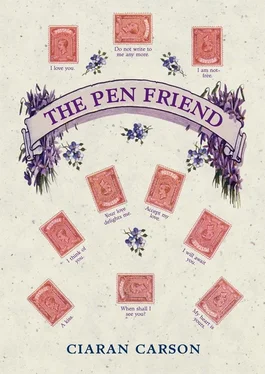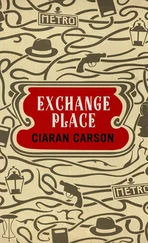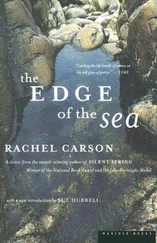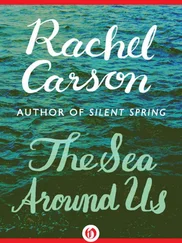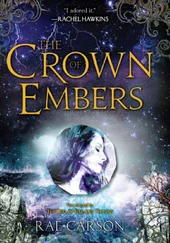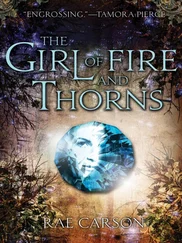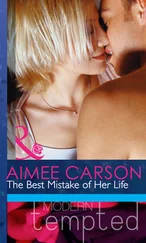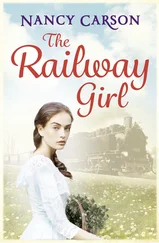It’s been a long time. Such a lot has happened. My father, as I’ve said, died seven years ago. Some eighteen months ago, I was forcibly reminded of his aura — and of yours — when I was browsing in an annex of the Empire Auction Rooms. Amongst a job lot of odds and ends — a box of Veritas gas mantles, a dozen mismatched bone-handled knives, two battered brass candlesticks, a chess set missing the Black Queen — I saw a Conway Stewart. It was almost identical to my first fountain pen, an 84 model, my father’s pen, iridescent green marble laced with gold veins, though somewhat muted by a layer of grime, but when I rubbed its barrel with the wetted ball of my thumb I could feel the raised imprint of the logo even before it became visible. It was indeed an 84. I unscrewed the cap and posted it on to the barrel end. It felt good in my hand as I wrote on the air, the gold nib shining in the gloom of the annex. I won the lot for a few pounds.
I bought ink on the way home. Miraculously, the pen still wrote, though the nib was a little scratchy. Again I thought of my father. At the beginning his pen, too, had snagged a little when I put it to paper. Everyone holds a pen differently, and the nib had taken on the quirks of his hand, but not irremediably so: the more I wrote with it, the more its path was smoothed as I wore away his influence and imposed my hand on his. Now, writing with its sibling, feeling the drag of the nib on the fibres of the paper, breathing the antique smell of bottled ink, I felt a powerful nostalgia steal over me, which led me, in the months that followed, to become a collector of vintage fountain pens. I haunted auction rooms, antique shops, the bric-a-brac stalls of Smithfield Market and the Friday Market. Before, I had been familiar with names that are still current: Parker, Waterman, Sheaffer, Mont Blanc. I had no idea of how many makes there were I’d never heard of: Mentmore, Swan, Condor, Miracle, Esterbrook, Packard, Fineline, Royal, Venus, Eagle, Stratford, Senator, Conklin, Avon, Merlin, Wing-Flow: pens as varied as their names, their companies defunct, their premises abandoned to other trades, or long since demolished. When I pick one up from a stall I touch the past.
I experienced a special frisson when I acquired a Dinkie, a 540 model like yours, though in a violet and ivory swirl instead of your red and black. Le Rouge et le Noir . I thought for a moment I might write this letter with it; but, looking at your card again, I decided on the Wearever de Luxe, made in North Bergen, New Jersey, in 1939. Not a luxury pen, despite its name; at the time, it was advertised as the Dollar Pen. Nevertheless, the Wearever has a beautiful casing of jazzy intermittent lanes of shimmering green on black, like strips of emerald laid into ebony, and when I first uncapped it I was struck by the Art Deco double-take of its nib, a gold open point overlaid by a stainless steel brace with a diamond-shaped aperture. It put me in mind of the Chrysler Building, and I visualised the steel ziggurat of its superstructure radiating a wintry light, and us together in New York. And here is your postcard of New York, a reproduction of a black-and-white photograph by Acme Photo Service, Lightning striking the tip of the Empire State Building, July 9th 1945 , in which the lightning-bolt appears a luminous scribble on the dark lowering sky; one can almost picture the traffic moving like corpuscles through the bloodstream of New York, beeping longingly through the murk. And, as I write with the Wearever, the words borne forward in this flow of ink, I picture us in a thunderstorm in New York, laughing and running for shelter as the heavens open and pour down on us, and wonder what ulterior message lies behind your few words.
I turn the card over: I hadn’t noticed the British stamp until now, nor that it was postmarked York, not New York, and your faint Yorkshire accent came back to me, how charmingly it had struck my ear when first I heard it, in the XL Café in Belfast in 1982. And then I remembered what I have often tried to forget, that your farewell letter came on 9th July 1984, the day that York Minster was struck by lightning, and its South Transept destroyed by the subsequent fire. I kept the letter for some weeks, reading and rereading it disbelievingly until at last, believing it, I burned it, together with all your other letters.
When inked paper is burned, the metallic components of the ink endure longer than the paper, and for a few brief moments I saw whole sentences stand out bold and clear on their silvery white leaves, before I poked at the ashes and watched them snow upwards into the grey July sky, and I breathed those ashes as your thousands of smouldering and dying words entered my bloodstream. It has been computed that with every breath we take we breathe some molecule of Caesar’s last breath, and I wonder if I now breathe some minute fragment of those ashes, if sufficient time has passed for their particulate matter so to be diffused into the atmosphere that it too is breathed by everyone who breathes. Perhaps I am breathing what was your breath yesterday as I look at your words today and inhale them as I write my words. I put my face to the card and I smell the ink that was wet as you breathed on your words and perhaps whispered them or said them silently. At the very least you must have thought them. And when I trace the forms of the characters with my fingers I touch a substance that once flowed within centimetres of your pulse. The blue vein in your wrist. There’s something else, a trace of perfume. What was it, L’Air du Temps ? When I leaned over to you that day in the XL Café, I caught a faint bouquet, a hint of violet and musk-rose underlaid by sandalwood, a perfume that was nameless to me then.
Iris Bowyer. I didn’t know then that in Greek mythology Iris was a sister of the Harpies. Iris personifies the rainbow, hence the iris of the eye. Iris is the messenger of the gods, for the rainbow unites heaven and earth. Iris conducts the souls of dead women to the underworld, just as Hermes does the souls of dead men. As for the flower known as the iris, the Ancient Egyptians considered it to be a symbol of eloquence, and placed an iris on the brow of the Sphinx. And Iris — only lately did I learn this — gives her name to iridium, the super-hard metal with which the gold nibs of fountain pens are tipped, because when dissolved in acid, iridium produces an array of colours like those in an oil slick, or the iridescent feathers of an exotic bird.
As I talked to you then, I noticed your left eye had a little amber fleck in the green iris. So what do you do? I said. Oh, let’s say I’m in service, you said. I must have looked surprised. Well, I’m a Civil Servant, you said. I work for a Ministry. Which one? I said. Oh, that would be telling. And I wouldn’t want to bore you. And you live in Belfast? I said. Well, sometimes, you said, I flit back and forth, you know, between Belfast and London. Where my Minister directs his Ministry. And you? I’m Assistant Keeper of Irish Art at the Municipal Gallery, I said, well, actually, Assistant to the Assistant Keeper. I suppose I’m in service myself, I said, and we both pretended to laugh. You must come up and see my paintings some time, I said, and you said, I will. Though I’ve already been to the Gallery a few times, you said. But it would be nice to get the inside picture, as it were. There’s painting I liked a lot, it’s a yellow room, sort of skewed dimensions, and a woman sitting with her arms folded, and a boy with a concertina or something on his lap, and there’s a cat, I think curled in a yellow chair. It’s a very bright painting, you know? you said. I know, I said, it’s called The Yellow Bungalow , it’s by Gerard Dillon. My father knew Gerard Dillon. It’s a melodeon, by the way. Not a concertina. So what’s the difference? you said. I said I’d written a catalogue text once for a show of Dillon’s paintings, and it was important to name things by their proper names.
Читать дальше
